Back to Courses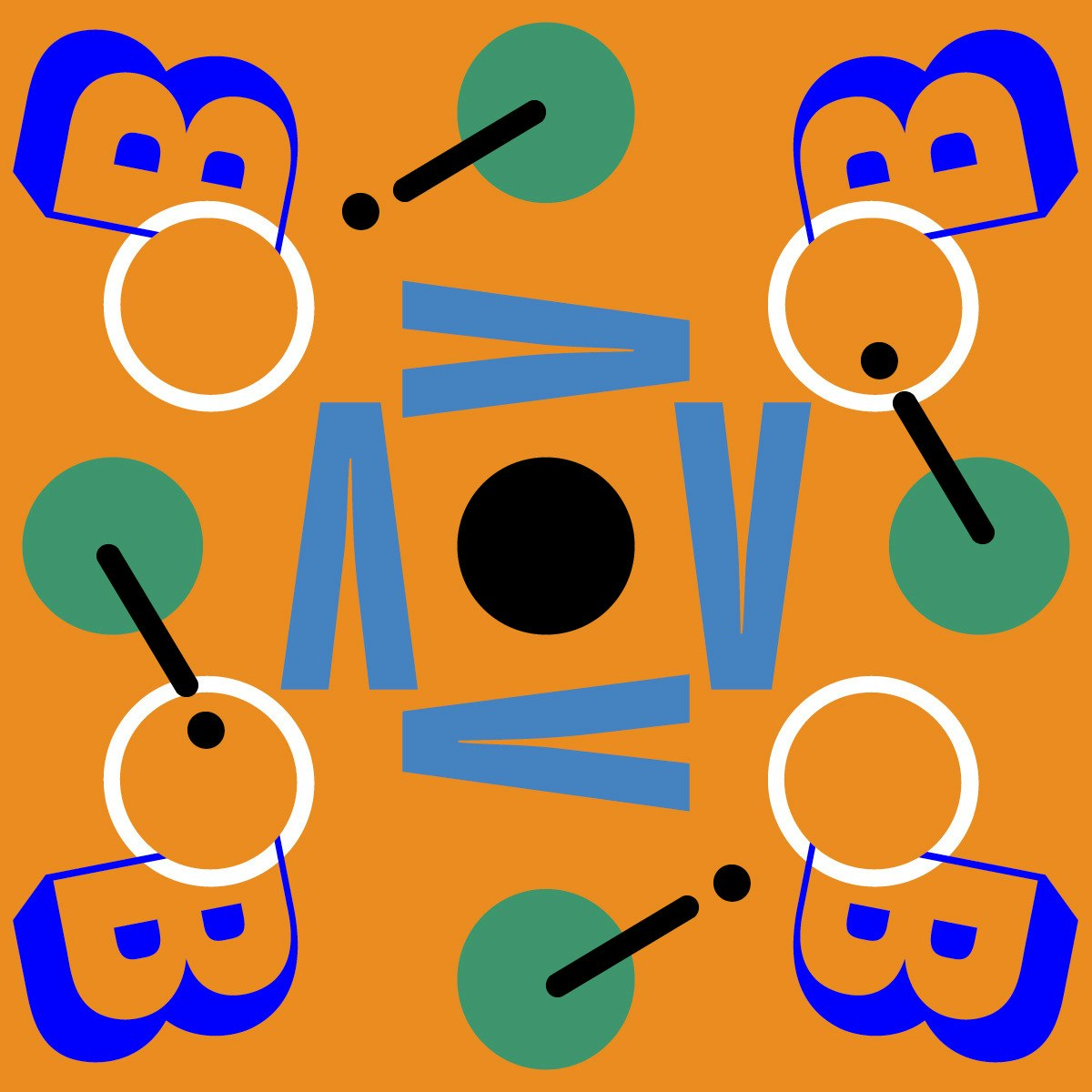

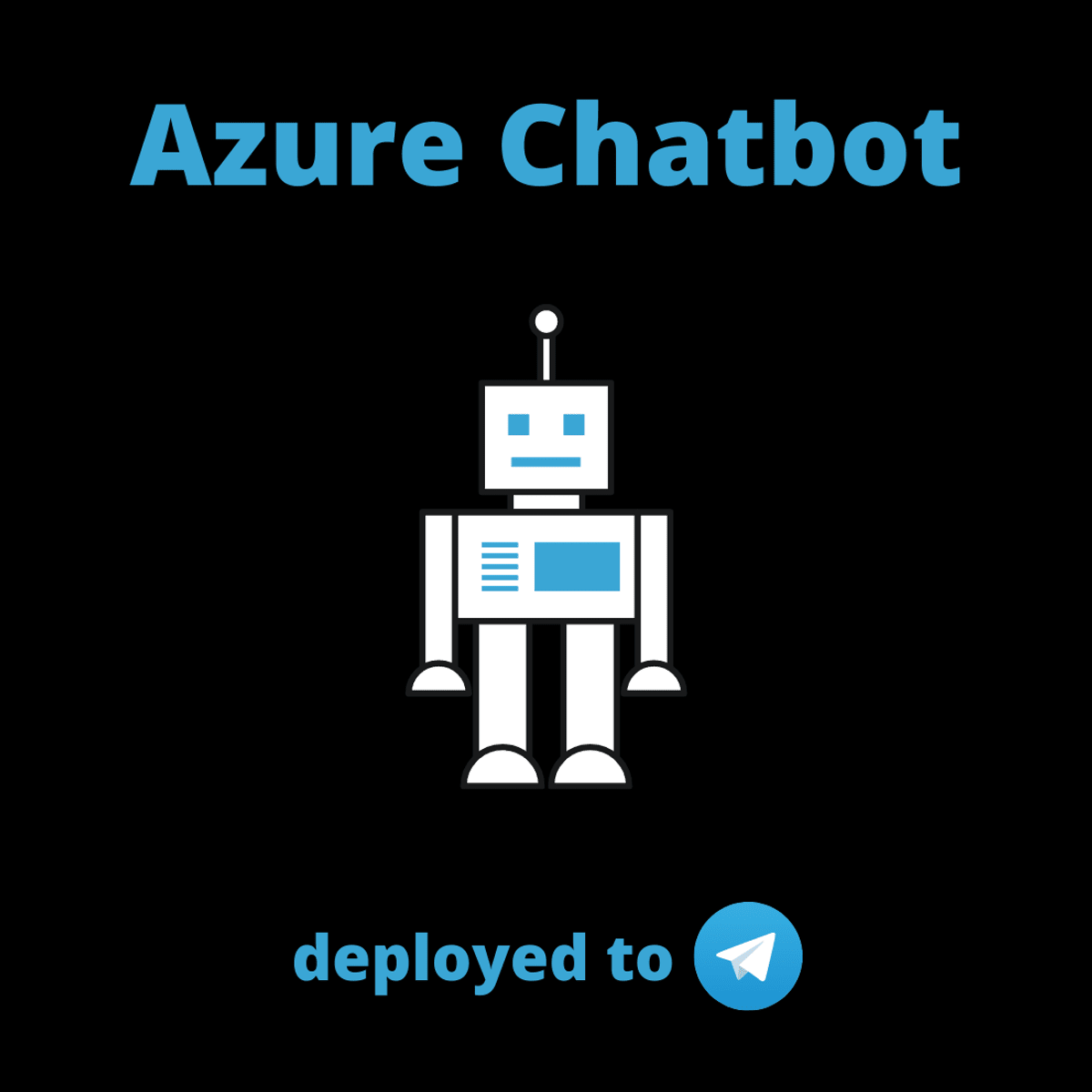

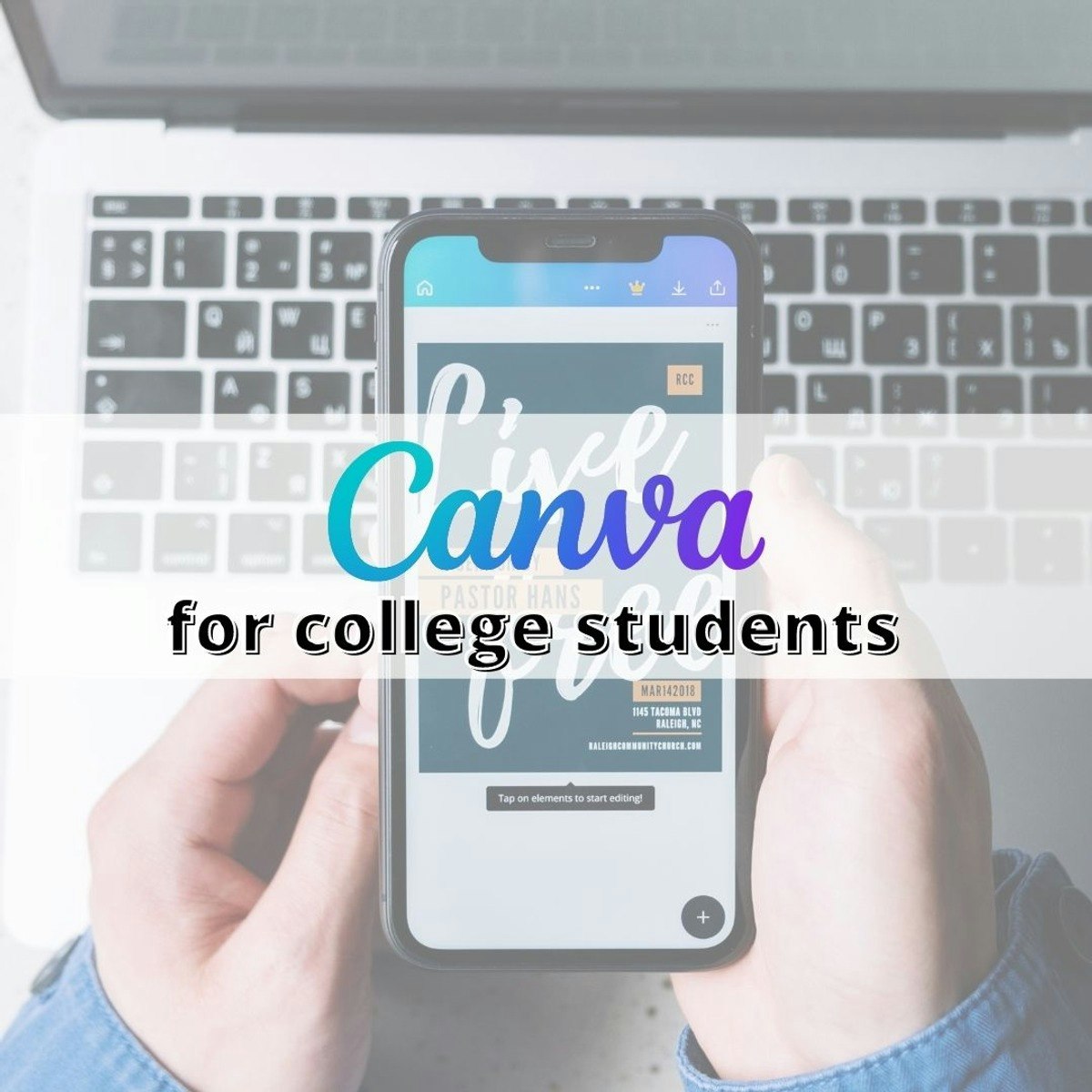
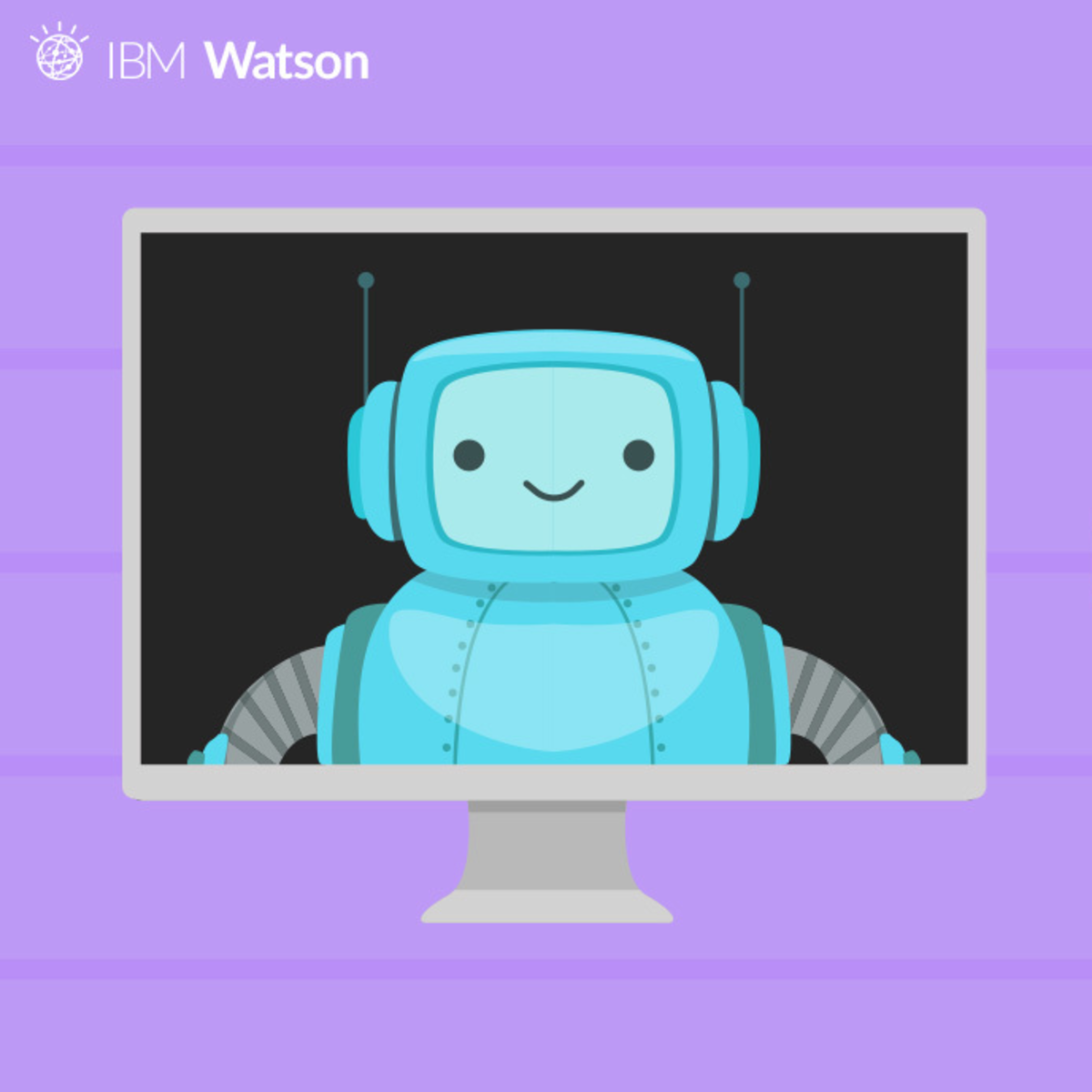
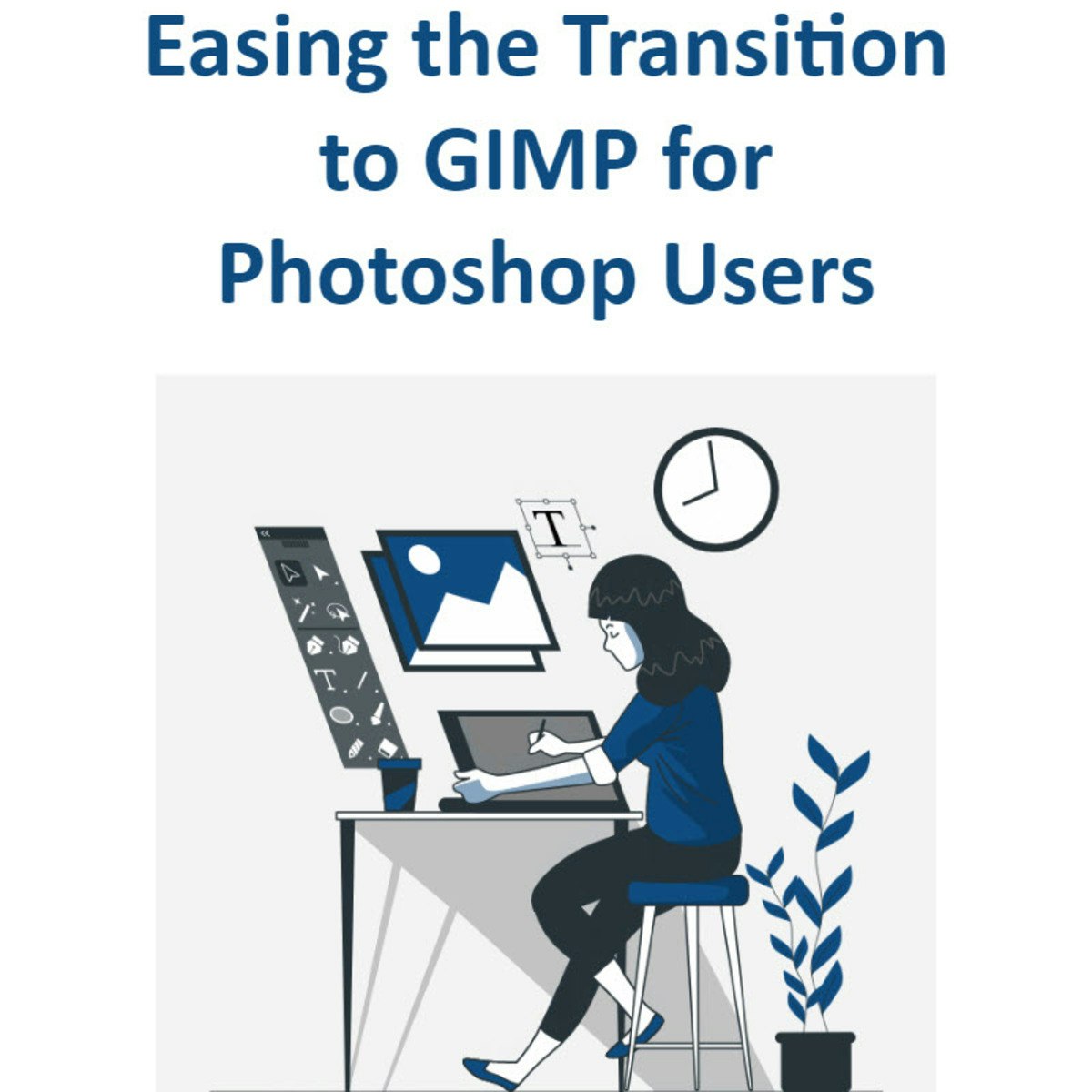
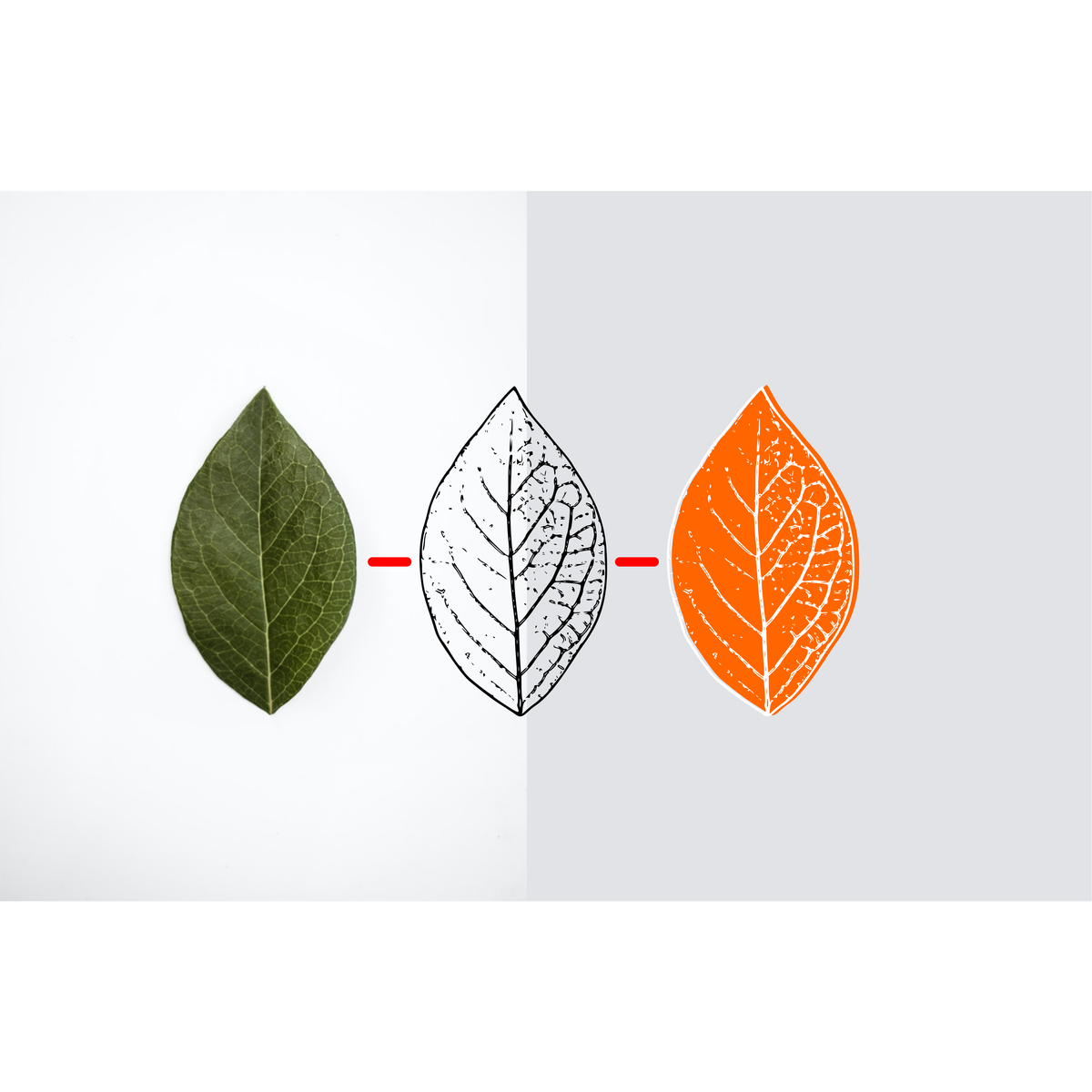
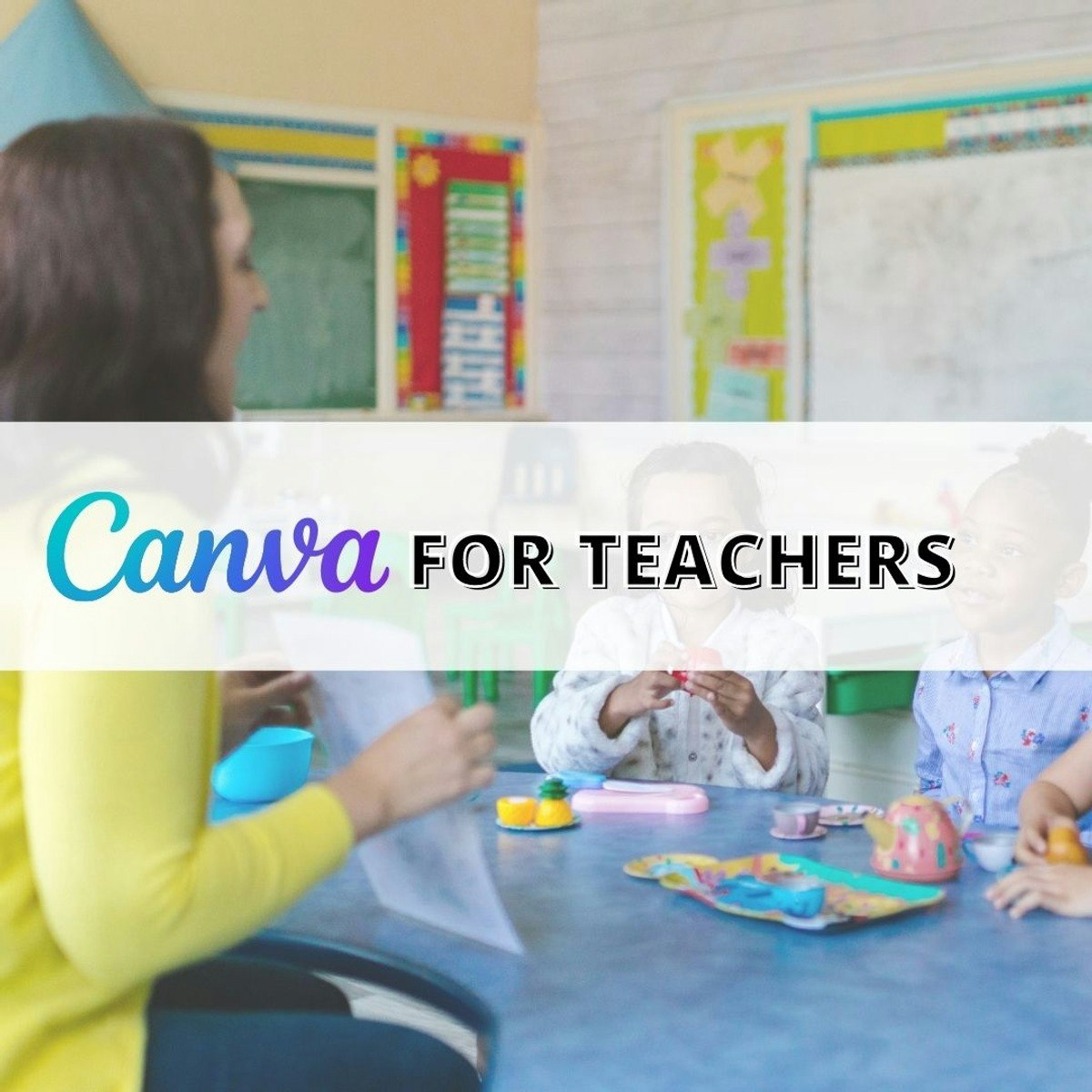
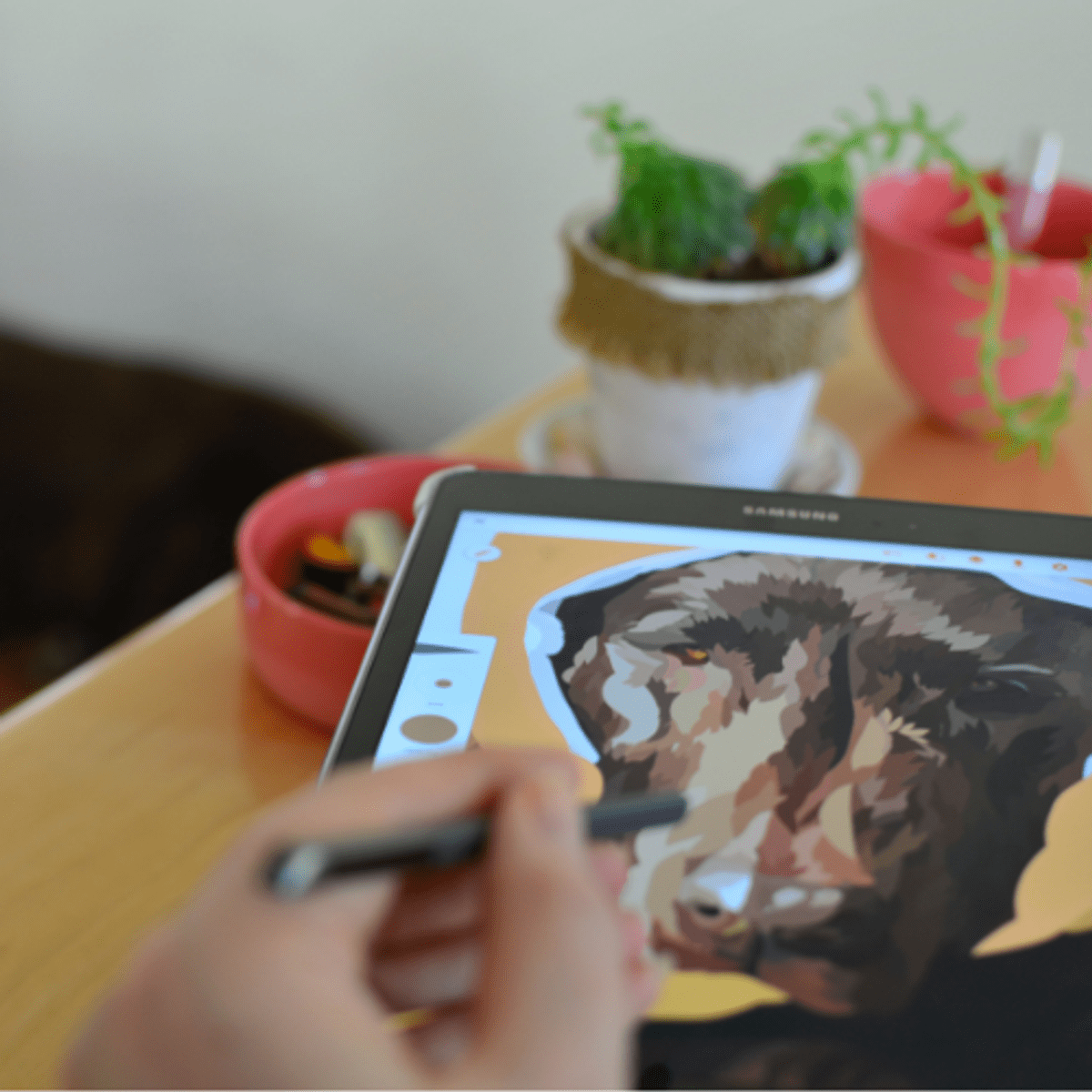
Design And Product Courses - Page 20
Showing results 191-200 of 512

Introduction to Typography
Typography is the art of manipulating the visual form of language to enrich and control its meaning. It’s an essential area of skill and knowledge for graphic designers. Typography predates modern graphic design by around 500 years; it is rich in rules, conventions, and esoteric terminology—but it remains an exciting space for invention and expression.
In this rigorous introductory course, we will study, name, and measure the characteristics of letterforms. We’ll consider the pragmatic concerns involved in selecting and combining type. We’ll peek into the
rich historical, cultural, and aesthetic histories of familiar typefaces. We’ll discuss time-tested conventions and best practices in setting type, as governed by principles of hierarchy and spatial organization. And we’ll explore the expressive, meaning-making potential of type.
Informative lectures will be complemented by a series of three peer-assessed assignments, culminating
in an opportunity to design a full-scale typographic poster.
Please note that this is not a software course; a basic working knowledge of Adobe InDesign or other
page layout software will be assumed. You will need access to a computer and page layout software, such as InDesign, to complete the assignments.

Responsive Web Design in Adobe XD
Responsive Web Design in Adobe XD is the sixth course in a program that will equip you with the skills you need to apply to entry-level jobs in user experience (UX) design. In this course, you will design a responsive website using Adobe XD, a popular design tool. You will complete the design process from beginning to end: empathizing with users, defining their pain points, coming up with ideas for design solutions, creating wireframes and prototypes, and testing designs to get feedback. By the end of this course, you will have a new design project to include in your professional UX portfolio.
In addition, you’ll learn how to search for entry-level UX design jobs, create a resume that highlights your skills and accomplishments, and build your professional portfolio website.
Current UX designers and researchers at Google will serve as your instructors, and you will complete hands-on activities that simulate real-world UX design scenarios. Learners who complete the seven courses in this certificate program should be equipped to apply for entry-level jobs as UX designers.
By the end of this course, you will be able to:
- Apply each step of the UX design process (empathize, define, ideate, prototype, test) to create a responsive website.
- Develop designs in a popular design tool, Adobe XD.
- Plan information architecture and create sitemaps for website designs.
- Apply common layouts for web pages.
- Plan and conduct a usability study to gather feedback about designs.
- Iterate on designs based on research insights.
- Work with design systems in Adobe XD.
- Add a new design project to your professional UX portfolio.
- [Optional] Create or update a UX-focused resume.
- [Optional] Learn how to search for and apply to introductory-level jobs in the field of UX.
This course is suitable for beginner-level UX designers who have completed the previous five courses of the Google UX Design Certificate. Alternatively, learners need to have a strong foundational understanding of the design process; experience creating wireframes, mockups, and prototypes; and the ability to conduct usability studies. No previous experience with Adobe XD is required.

Build a no-code customer support Telegram chatbot with Azure
In this guided project, we will use Microsoft Azure Cognitive Services to build an AI-powered customer support chatbot that can converse with your customers and solve their queries. We will use Language Studio by Azure to create our bot. We will begin by creating a knowledge base and feeding it with data in various formats such as Excel file and URL. In the final task, we will deploy the chatbot to Telegram. By the end of this project, you will be able to use Azure cognitive services to build a chatbot and deploy it to telegram. You will also learn about building telegram bots and best practices to follow while designing a chatbot.
Note: You need an Azure account to complete this guided project. If you do not have an Azure account, you will be prompted to create one during the project. You also need a Telegram account in order to successfully deploy the chatbot.

UX Design: From Concept to Prototype
Great design doesn’t come out of nowhere; it is born, nurtured, and grown--all through a systematic, learnable process. In this UX course, you will explore the process of taking a basic concept, grounded in user needs, and developing it into a design that will address those needs. In the course, you will gain hands-on experience with techniques such as sketching, scenario development, storyboarding, and wireframing that will help you transform your understanding of what your users need into a compelling user experience. You will then learn how to turn wireframes and interaction architecture into interactive prototypes that can be tested with prospective users and iteratively refined into a high quality design that that is ready for a hand-off to the development team for implementation.
What You’ll Learn:
Define and scope the design problem you will try to address
Create user stories and storyboards to transform information about user needs into design concepts
Produce sketches and conduct brainstorming sessions to generate many design ideas from which you can construct a high-quality design solution
Develop interface wireframes to concretize the design and enable early user testing
Conduct user tests with paper prototypes to get preliminary user feedback on the design concept and interactions
Develop high-fidelity mockups that specify visual design elements
Create Wizard of Oz prototypes to efficiently test complex interactions and interactive systems that are not screen-based (e.g., smart assistants)

Canva for college students
In this project the learner will learn how to use Canva for their college journey. Canva is an online graphic design program that allows you to create and design all types of documents, graphic design compositions and more. Canva is a great option for those looking for a user-friendly and easy-to-use platform to create attractive designs for their resumes. Canva has many elements that are free and it gives you a lot of freedom when designing. In addition to this, Canva has paid content that offers another endless number of elements and possibilities for the design but they are not mandatory or totally necessary, so the user has the freedom to choose how much content or elements they want to have at their disposal. Canva is an extremely useful tool for those who are just starting out and even becomes a very good tool for those who have spent years designing in more advanced programs. It is a fast option that does not need to be installed on your computer and as long as you have an Internet connection, it will be an accessible tool.

Building AI Powered Chatbots Without Programming
This course will teach you how to create useful chatbots without the need to write any code.
Leveraging IBM Watson's Natural Language Processing capabilities, you'll learn how to plan, implement, test, and deploy chatbots that delight your users, rather than frustrate them.
True to our promise of not requiring any code, you'll learn how to visually create chatbots with Watson Assistant (formerly Watson Conversation) and how to deploy them on your own website through a handy WordPress plugin. Don't have a website? No worries, one will be provided to you.
Chatbots are a hot topic in our industry and are about to go big. New jobs requiring this specific skill are being added every day, consultants demand premium rates, and the interest in chatbots is quickly exploding.
Gartner predicts that by 2020, 85% of customer interactions with the enterprise will be through automated means (that's chatbots and related technologies).
Here is your chance to learn this highly in demand set of skills with a gentle introduction to the topic that leaves no stone unturned.

Easing the Transition to GIMP for Photoshop Users
In this project, you learn about setting up GIMP to work more like Photoshop. You will learn how to make the GIMP desktop similar to Photoshop’s desktop. You will become familiar with GIMP’s tools and how they compare to Photoshop’s tools. You will learn how to make GIMP’s keyboard shortcuts be similar to Photoshop’s keyboard shortcuts. Plus, you’ll create a digital poster by completing a few common editing techniques, and comparing these steps to what you are familiar with in Photoshop.
Note: This course works best for learners who are based in the North America region. We’re currently working on providing the same experience in other regions.

Make Any Image into a Vector Graphic with Inkscape
By the end of this project, you’ll be able to import and convert raster images, including photos and old logos, to a vector graphic with Inkscape. Inkscape is a free and open-source vector graphics program, and it offers built-in tools that help you turn images into vector graphics, making them easy to resize and edit. These vector versions can be used for all kinds of projects, from web images to stickers.
To convert raster images to vector graphics, you’ll learn about and use two of Inkscape’s tools: Trace Bitmap and the Bezier Pen Tool. You’ll also practice editing those images to customize them for later use. Finally, you’ll practice exporting what you’ve created.
Note: This course works best for learners who are based in the North America region. We’re currently working on providing the same experience in other regions.

Canva for teachers
In this guided project the learner will learn how to take advantage of Canva as a teacher. Canva is a graphic design online software that allows you to design many things, if offers templates, and many other tools to allow you to create everything you need, from presentations, assignments, schedules and much more. Canva has an Education Program that will give access to teachers to Canva Pro totally free. In this guided project you will explore the home page in Canva and learn how to access Canva for teachers, you will set up engaging experiences for your digital classroom, you will learn how to develop personal relationships with your students using Canva, and you will create a schedule for you and for your student, find the perfect classroom kit for you and finally customize your assignments to have the same style as your classroom.

Drawing with the Pen Tool in Adobe Illustrator
After completing this project, you will be able to create any custom shape using the Pen Tool in Adobe Illustrator. First, you will learn how to navigate through Adobe Illustrator. Then you will learn how to add any picture or photo and how to add layers to your artboard before you will learn how to use the Pen Tool for straight lines. Additionally, you will learn how to use curved lines with the Pen Tool and to adjust your anchor points to make sure your drawing of your shape is as accurate as possible. You will also be able to add a fill as well as details to your custom shape.
The aim of this project is to familiarize you with the Pen Tool and its different options. By the end of this project, you will have created a custom shape using the Pen Tool with guidance and you will also be able to create one on your own.
Popular Internships and Jobs by Categories
Browse
© 2024 BoostGrad | All rights reserved


